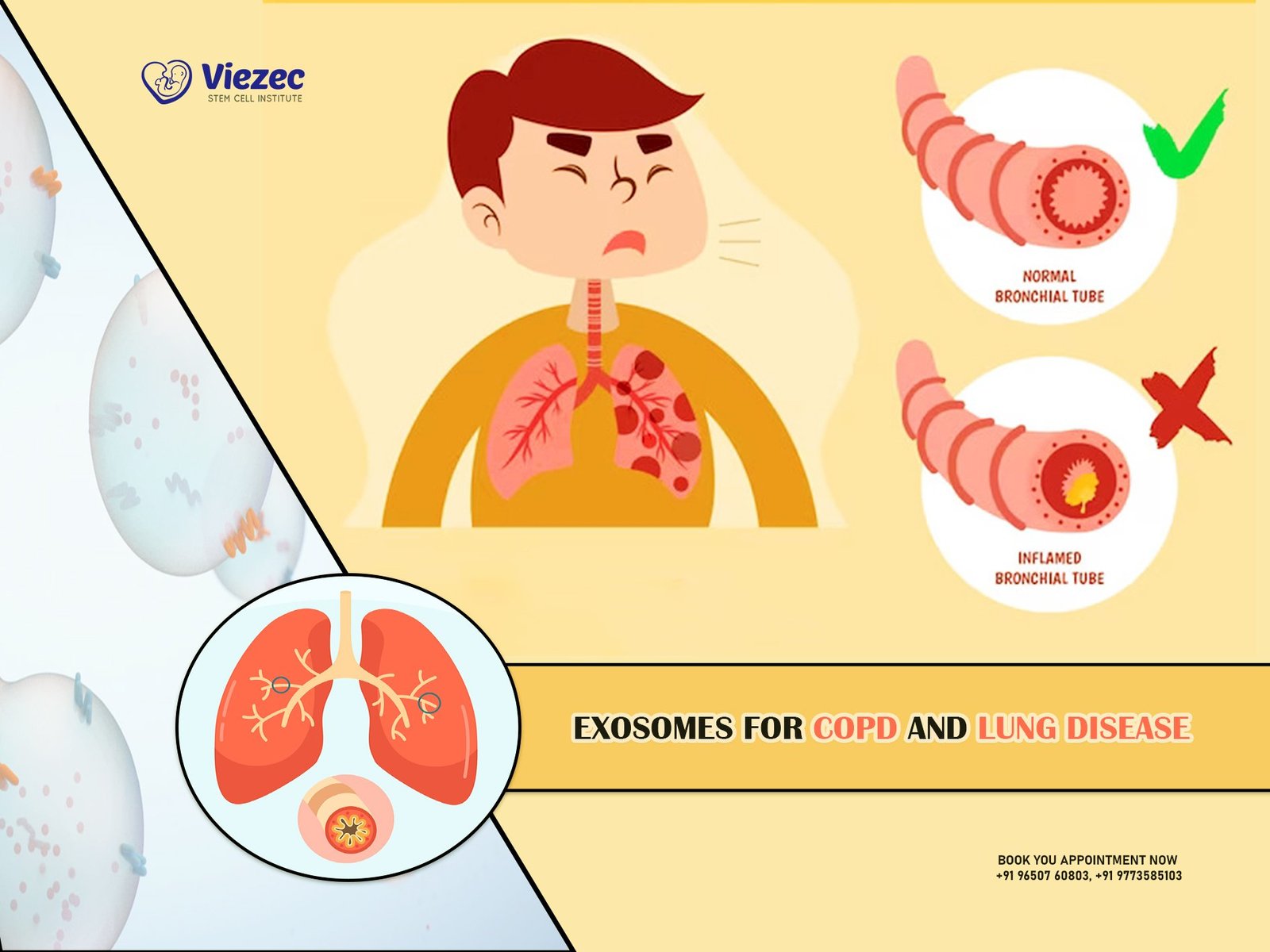Maintaining optimal lung capacity is crucial for overall health and well-being. Whether you’re an athlete looking to improve endurance or someone seeking to alleviate respiratory issues, enhancing lung capacity naturally can have significant benefits. This comprehensive guide explores various techniques, exercises, dietary considerations, and lifestyle changes to help you boost your lung function effectively and sustainably.
Understanding Lung Capacity
Importance of Lung Capacity
Lung capacity refers to the maximum amount of air the lungs can hold. It plays a vital role in delivering oxygen to the body’s tissues and removing carbon dioxide, supporting cellular function and overall vitality. Optimal lung capacity is essential for activities ranging from simple tasks like walking to more strenuous exercises like running or swimming.
Factors Affecting Lung Capacity
Several factors influence lung capacity, including age, lifestyle habits, and environmental factors. As individuals age, lung tissue can lose elasticity, reducing overall capacity. Lifestyle habits such as smoking, poor posture, and sedentary behavior can also impact lung health negatively. Furthermore, environmental pollutants and allergens can irritate the respiratory system, affecting lung function over time.
Breathing Techniques
Diaphragmatic Breathing
Diaphragmatic breathing, also known as belly breathing, involves engaging the diaphragm to draw air deep into the lungs. This technique promotes relaxation, reduces stress, and improves oxygen flow throughout the body. To practice diaphragmatic breathing, lie on your back with one hand on your chest and the other on your abdomen. Inhale deeply through your nose, allowing your abdomen to rise, then exhale slowly through pursed lips, feeling your abdomen fall.
Pursed Lip Breathing
Pursed lip breathing is a technique that helps prolong exhalation, preventing the collapse of small airways and improving oxygen exchange. To perform pursed lip breathing, inhale slowly through your nose for two counts, then pucker your lips as if you’re about to whistle and exhale slowly through your mouth for four counts. This technique can be especially beneficial for individuals with chronic respiratory conditions like COPD.
Rib Stretching Exercises
Rib stretching exercises help improve lung expansion and flexibility, enhancing overall lung capacity. Incorporating yoga poses that target the rib cage can strengthen respiratory muscles and promote deeper breathing.
Side Bends
Side bends involve stretching the intercostal muscles between the ribs, allowing for greater lung expansion. Stand with your feet hip-width apart, inhale deeply, then exhale as you slowly bend to one side, reaching your arm overhead. Hold the stretch for a few breaths, then switch sides.
Forward Bends
Forward bends stretch the entire back body, including the lungs and diaphragm, promoting deeper breathing. Stand with your feet hip-width apart, hinge at the hips, and fold forward, allowing your arms to hang loosely or grasp opposite elbows. Take deep breaths as you relax into the stretch.
Twist Poses
Twist poses wring out tension from the spine and chest, improving lung function and circulation. Sit or stand tall, inhale to lengthen the spine, then exhale as you twist gently to one side, placing one hand behind you and the other on your thigh. Hold the twist for a few breaths, then repeat on the other side.
Aerobic Exercise
Jogging
Jogging is an excellent aerobic exercise that can significantly improve lung capacity over time. Consistent jogging strengthens the heart and lungs, increases oxygen uptake, and enhances overall cardiovascular fitness.
Cycling
Cycling is a low-impact exercise that provides a great cardiovascular workout while being gentle on the joints. Whether cycling outdoors or using a stationary bike indoors, regular cycling can improve lung function and endurance.
Swimming
Swimming engages the entire body and requires rhythmic breathing, making it an ideal exercise for enhancing lung capacity. The resistance of water also helps strengthen respiratory muscles and improve breath control.
Walking
Walking is a simple yet effective way to boost lung capacity and overall fitness. Brisk walking increases heart rate and oxygen intake, improving cardiovascular health and lung function.
Jump Rope
Jumping rope is a high-intensity cardiovascular exercise that challenges lung capacity and endurance. Incorporating jump rope intervals into your workout routine can help increase lung efficiency and stamina.
Yoga and Meditation
Pranayama Techniques
Pranayama, or yogic breathing techniques, focus on controlling the breath to enhance vitality and mental clarity. Practices like Kapalbhati, Anulom Vilom, and Bhramari can improve lung function, increase oxygenation, and reduce stress.
Meditation for Mind-Body Connection
Mindfulness meditation promotes relaxation and awareness of the breath, fostering a deeper connection between mind and body. By cultivating a calm and focused state of mind, meditation can support healthy respiratory function and overall well-being.
Yoga Asanas for Lung Health
Yoga poses that open the chest and expand the lungs can improve respiratory strength and capacity. Incorporating asanas like Bhujangasana (Cobra Pose), Dhanurasana (Bow Pose), and Setu Bandhasana (Bridge Pose) into your practice can enhance lung function and flexibility.
Dietary Considerations
Antioxidant-Rich Foods
Consuming a diet rich in antioxidants can help protect lung tissue from oxidative stress and inflammation. Foods like berries, green leafy vegetables, nuts, and seeds are excellent sources of antioxidants that support respiratory health.
Omega-3 Fatty Acids
Omega-3 fatty acids found in fish, flaxseeds, and walnuts have anti-inflammatory properties that may benefit lung function. Including these healthy fats in your diet can help reduce inflammation and support optimal lung health.
Vitamin D Sources
Vitamin D plays a crucial role in immune function and respiratory health. Sunlight exposure, fortified foods, and dietary supplements can help maintain adequate vitamin D levels, supporting lung function and overall well-being.
Hydration
Importance of Hydration for Lung Health
Proper hydration is essential for maintaining mucous membrane hydration in the respiratory tract, facilitating efficient airway clearance and optimal lung function. Dehydration can thicken mucus secretions, leading to congestion and impaired breathing.
Recommended Daily Fluid Intake
The Institute of Medicine recommends that adults consume about 3.7 liters (125 ounces) of fluids per day for men and 2.7 liters (91 ounces) for women, including water from beverages and foods. Staying adequately hydrated supports respiratory health and overall hydration.
Hydrating Foods
In addition to drinking plenty of water, incorporating hydrating foods like fruits, vegetables, and soups into your diet can contribute to overall hydration and support optimal lung function.
Avoidance of Lung Irritants
Tobacco Smoke
Tobacco smoke contains numerous harmful chemicals that can severely impair lung function. It irritates the airways, leading to inflammation and the buildup of mucus. Long-term exposure to tobacco smoke can cause chronic obstructive pulmonary disease (COPD), lung cancer, and other respiratory ailments. Avoiding smoking and secondhand smoke is crucial for maintaining healthy lungs.
Air Pollution
Air pollution, whether from vehicle exhaust, industrial emissions, or household activities like cooking with solid fuels, can have detrimental effects on lung health. Particulate matter and toxic gases in polluted air can penetrate deep into the lungs, causing inflammation and respiratory problems. Minimizing exposure to polluted environments and using air purifiers can help reduce the risk of lung damage.
Household Chemicals
Many household products, such as cleaning agents, paints, and pesticides, release volatile organic compounds (VOCs) that can irritate the respiratory system. Prolonged exposure to these chemicals may contribute to respiratory conditions like asthma and bronchitis. Opting for natural or eco-friendly alternatives and ensuring adequate ventilation when using chemical products can help mitigate the risk to lung health.
Allergens
Allergens such as pollen, dust mites, pet dander, and mold can trigger allergic reactions in susceptible individuals, leading to symptoms like coughing, wheezing, and shortness of breath. Managing indoor air quality by regularly cleaning and dusting, using allergen-proof bedding, and minimizing exposure to known allergens can help reduce respiratory discomfort and improve lung function.
Posture and Ergonomics
Importance of Posture in Lung Function
Proper posture is essential for maximizing lung capacity and efficiency. Slouching or hunching over compresses the chest cavity, restricting the movement of the diaphragm and lungs. By maintaining an upright posture, with shoulders back and spine aligned, you allow your lungs to fully expand and contract, facilitating optimal breathing.
Ergonomic Considerations for Work and Rest
Whether at work or during leisure activities, ergonomic principles can help support healthy lung function. Ergonomic furniture and accessories, such as adjustable chairs and desks, can promote good posture and reduce strain on the respiratory muscles. Creating ergonomic workstations and relaxation areas conducive to proper breathing can contribute to overall lung health.
Exercises to Improve Posture
Specific exercises targeting the muscles involved in maintaining proper posture can help strengthen the core and improve spinal alignment. Practices like yoga, Pilates, and tai chi emphasize posture, balance, and flexibility, promoting better breathing mechanics. Incorporating these exercises into your routine can enhance lung capacity and support respiratory health over time.
Steam Therapy
Benefits of Steam Inhalation
Steam therapy, also known as steam inhalation, is a natural remedy that can help alleviate respiratory congestion and improve lung function. Inhaling warm, moist air helps to loosen mucus and soothe irritated airways, making it easier to breathe. Steam therapy can be particularly beneficial for individuals with conditions like sinusitis, bronchitis, or asthma.
Safety Precautions
While steam therapy can offer relief for respiratory symptoms, it’s essential to use caution to avoid burns or injury. Always supervise children during steam inhalation sessions, and ensure that the water is not too hot to prevent scalding. Limit steam therapy sessions to 10-15 minutes and maintain a safe distance from the steam source to prevent accidental burns.
Adding Essential Oils for Enhanced Benefits
Adding essential oils to the steam can enhance the therapeutic effects of steam therapy. Eucalyptus, peppermint, and tea tree oil are popular choices known for their decongestant and antimicrobial properties. Simply add a few drops of essential oil to the water before heating it for inhalation. However, exercise caution and consult a healthcare professional before using essential oils, especially for children or individuals with respiratory sensitivities.
Interval Training
High-Intensity Interval Training (HIIT)
HIIT is a form of cardiovascular exercise characterized by alternating periods of high-intensity activity with short rest or recovery periods. This type of training has been shown to improve cardiovascular fitness, increase lung capacity, and enhance overall respiratory function. HIIT workouts typically involve exercises like sprinting, jumping jacks, or burpees performed at maximum effort for short durations.
Benefits for Lung Capacity
HIIT challenges the cardiovascular system and forces the lungs to work harder to supply oxygen to the muscles. Over time, this can lead to adaptations such as increased lung capacity, improved oxygen uptake, and enhanced respiratory efficiency. Incorporating HIIT workouts into your fitness routine can help boost lung health and endurance.
Sample HIIT Workout Routines
A typical HIIT workout might consist of a warm-up followed by several rounds of high-intensity exercise interspersed with brief rest periods. For example, you could perform 30 seconds of jumping squats followed by 15 seconds of rest, repeated for a total of 5-10 rounds. Be sure to cool down properly after the workout and listen to your body to avoid overexertion.
Breathing Exercises for Specific Conditions
Asthma
- Buteyko Breathing Technique: This technique focuses on shallow nasal breathing and reducing hyperventilation to alleviate asthma symptoms and improve lung function.
- Papworth Method: The Papworth Method emphasizes diaphragmatic breathing and relaxation techniques to manage asthma attacks and promote better breathing habits.
COPD (Chronic Obstructive Pulmonary Disease)
- Pursed Lip Breathing: Pursed lip breathing involves inhaling slowly through the nose and exhaling through pursed lips to prolong exhalation and reduce air trapping in the lungs.
- Huff Cough Technique: The Huff Cough Technique utilizes controlled coughing with an open glottis to clear mucus from the airways and improve airflow in individuals with COPD.
Consultation with Healthcare Professionals
Importance of Medical Advice
While natural methods can complement conventional treatments for improving lung capacity, it’s essential to consult with healthcare professionals, especially if you have pre-existing respiratory conditions or concerns about your lung health. They can provide personalized guidance, monitor your progress, and recommend appropriate interventions based on your individual needs.
Pulmonary Function Tests
Pulmonary function tests (PFTs) are diagnostic assessments used to evaluate lung function and identify respiratory abnormalities. These tests measure parameters such as lung volume, airflow, and gas exchange to assess overall lung health and function. PFT results can guide treatment decisions and help monitor the effectiveness of interventions aimed at improving lung capacity.
Individualized Exercise and Treatment Plans
Healthcare professionals can design individualized exercise and treatment plans tailored to your specific needs and goals. These plans may include a combination of lifestyle modifications, breathing exercises, medication management, and pulmonary rehabilitation programs to optimize lung function and enhance respiratory performance. Regular follow-up appointments allow for adjustments and ongoing support to ensure the best possible outcomes.
FAQs
1. Can anyone enhance their lung capacity naturally?
While most people can benefit from activities that promote better lung health, individual results may vary. Factors such as age, overall health, and any pre-existing respiratory conditions can influence the extent to which lung capacity can be enhanced naturally. Consulting with a healthcare professional can help determine the most appropriate strategies for you.
2. How long does it take to notice improvements in lung capacity through natural methods?
The timeline for noticing improvements in lung capacity can vary depending on various factors, including the consistency of your efforts, the intensity of your exercises, and your overall health status. In general, regular participation in aerobic exercises and breathing techniques can lead to gradual improvements in lung function over time. It’s essential to stay patient and committed to your routine to maximize results.
3. Are there any risks associated with enhancing lung capacity naturally?
While natural methods for improving lung capacity are generally safe for most individuals, it’s essential to listen to your body and avoid overexertion. Pushing yourself too hard during exercise or neglecting proper form can increase the risk of injury or exacerbate existing respiratory issues. If you experience any unusual symptoms or discomfort during your activities, it’s crucial to stop and seek medical attention if necessary.









